To make clear what I'm asking I've created an easy example. Step one is to create some data:
gender <- factor(rep(c(1, 2), c(43, 41)), levels = c(1, 2),labels = c("male", "female"))
numberofdrugs <- rpois(84, 50) + 1
geneticvalue <- rpois(84,75)
death <- rpois(42,50) + 15
y <- data.frame(death, numberofdrugs, geneticvalue, gender)
So these are some random dates merged to one data.frame. So from these dates I'd like to plot a cloud where I can differ between the males and females and where I add two simple regressions (one for females and one for males). So I've started, but I couldn't get to the point where I want to be. Please see below what I've done so far:
require(lattice)
cloud(y$death~y$numberofdrugs*geneticvalue)
xmale <- subset(y, gender=="male")
xfemale <- subset(y, gender=="female")
death.lm.male <- lm(death~numberofdrugs+geneticvalue, data=xmale)
death.lm.female <- lm(death~numberofdrugs+geneticvalue, data=xfemale)
How can I make different points for males or females when using the cloud command (for example blue and pink points instead of just blue crosses) and how can I add the two estimated models to the cloud graph?
Any thought is appreciated! Thanks for your ideas!
